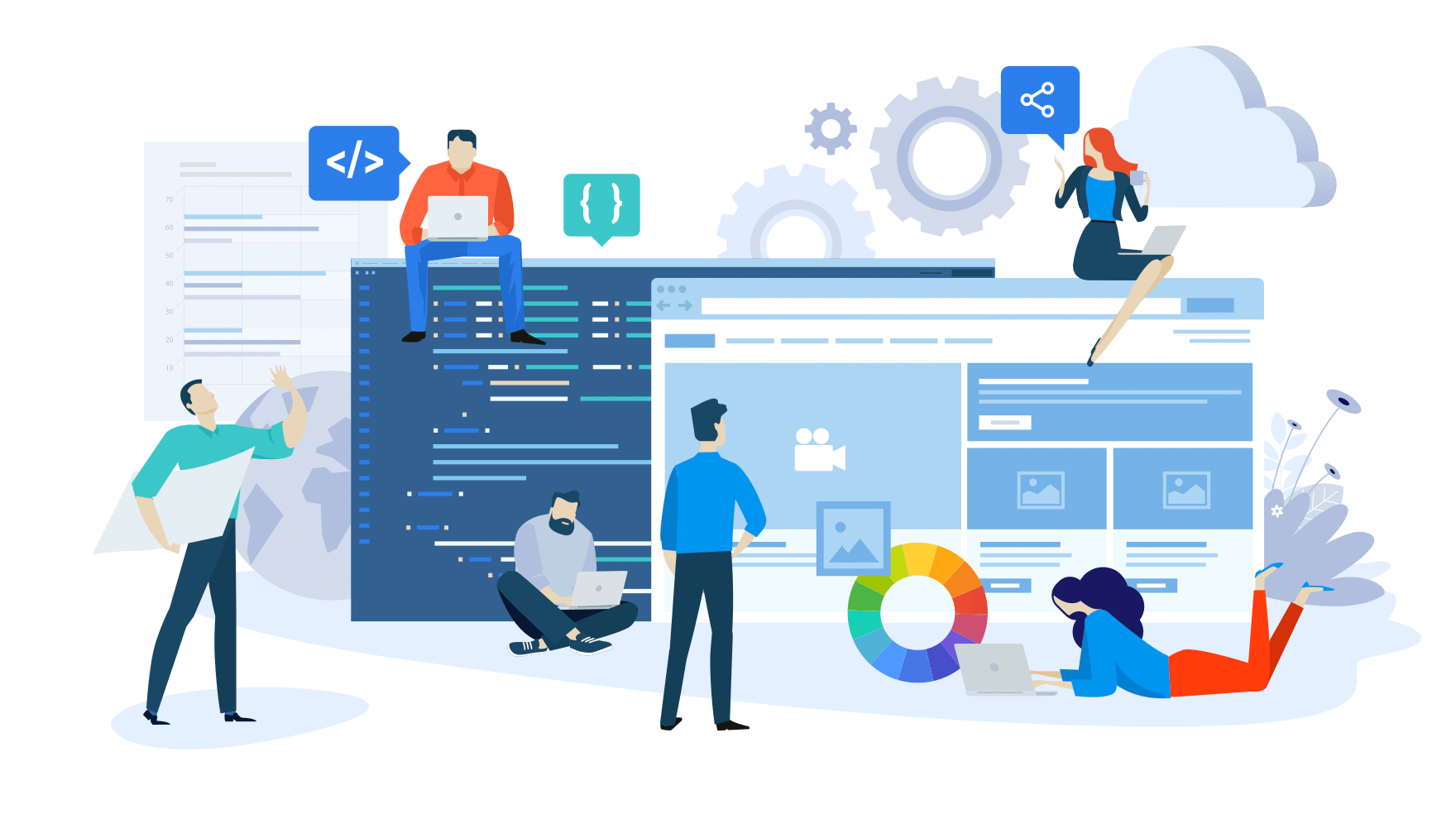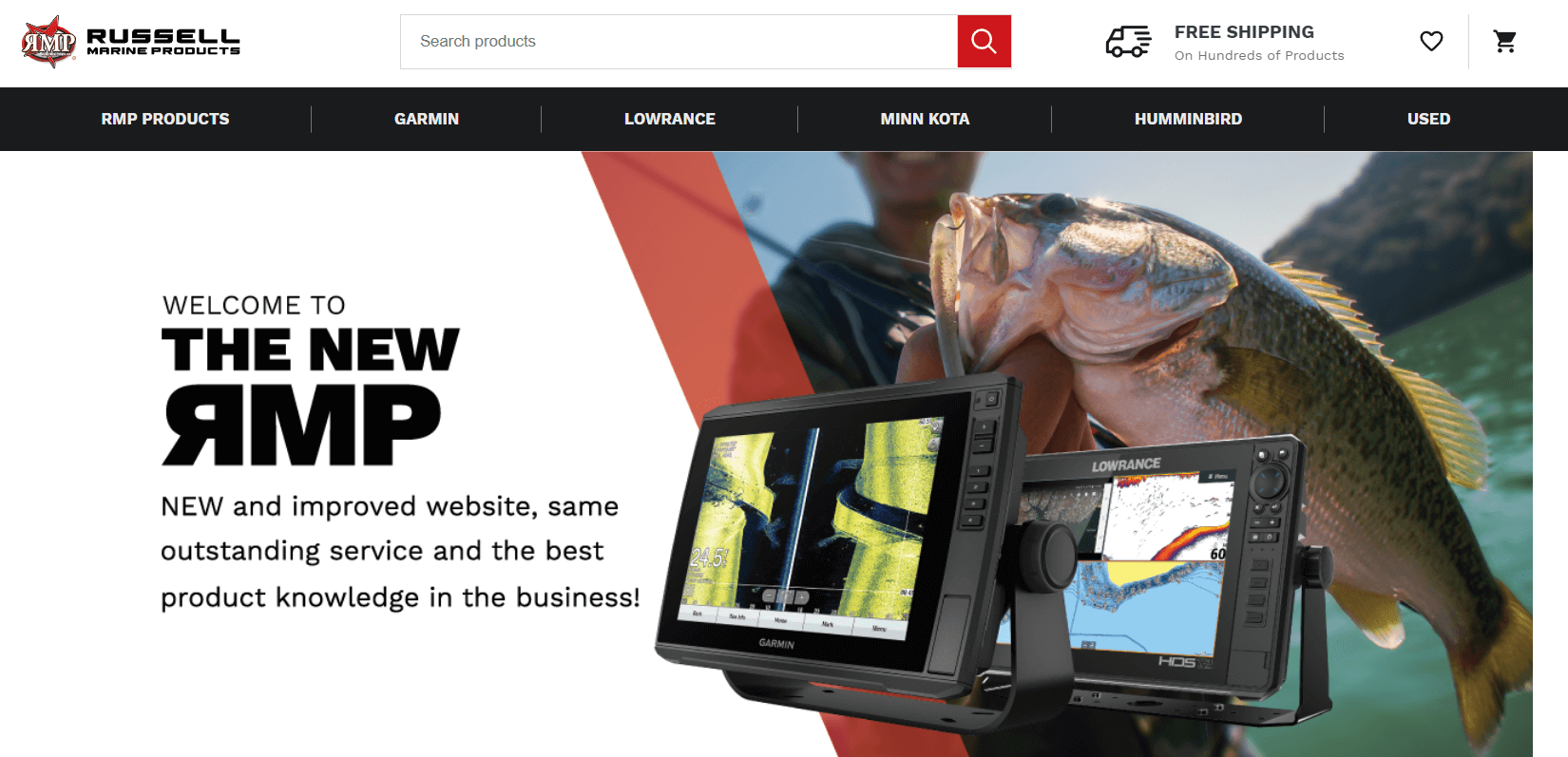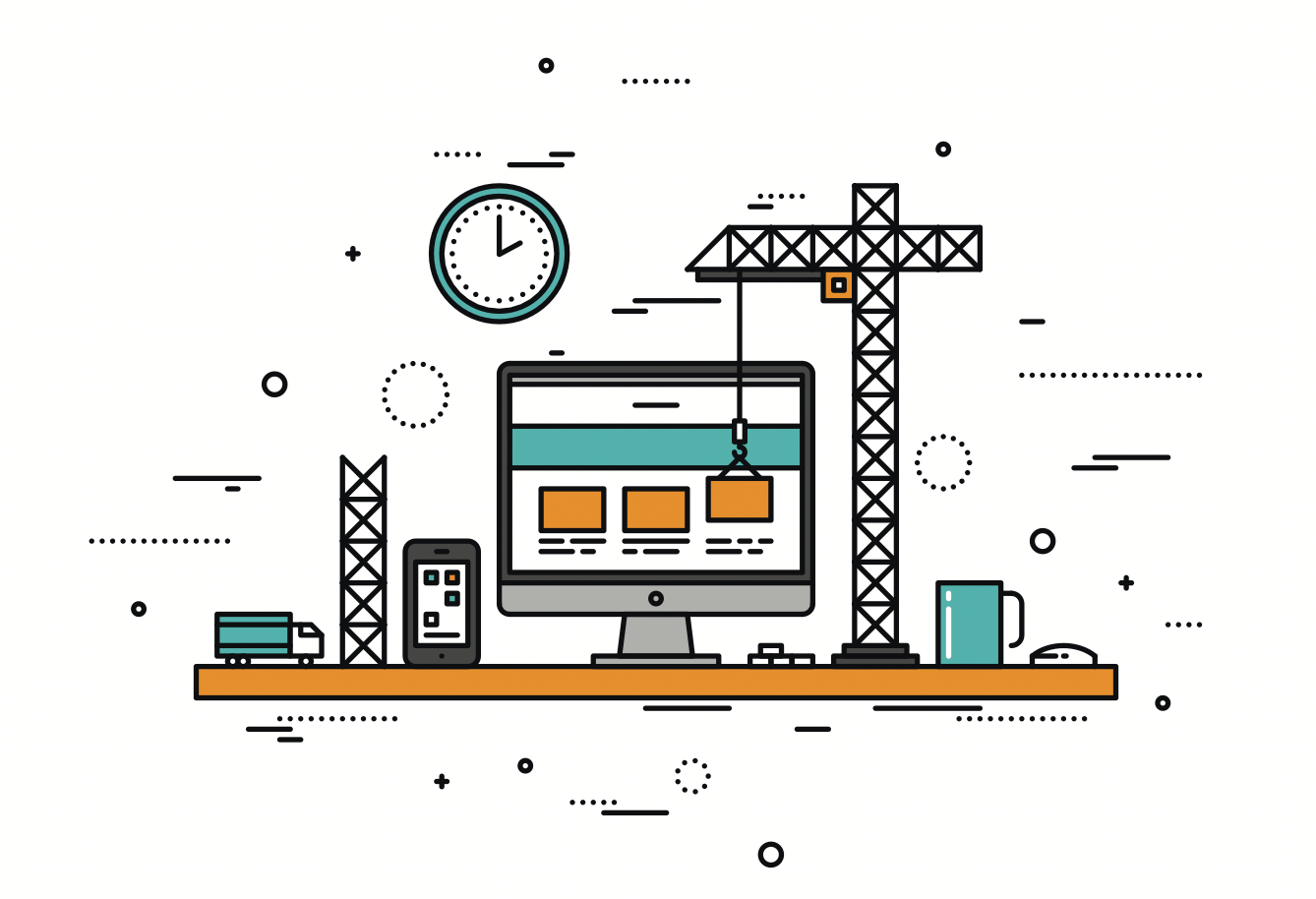Magento Theme Development With IronPlane
Building a custom theme in Magento requires the skill (and upkeep) of an expert developer — we cover IronPlane's process for theme development in Magento.
5 min read
 Tim Bucciarelli
:
November 1, 2022
Tim Bucciarelli
:
November 1, 2022

At IronPlane, we develop and design custom Magento eCommerce websites that are tailored to your unique business requirements and goals. Specifically, we can:
Our process starts with a thorough consultation and an audit of your site code to:
Our team handles all the heavy lifting during each step, and you’ll have full transparency throughout the entire process. We maintain long-term partnerships with every client so we can help you optimize your eCommerce website as it grows, including managing Magento updates and security patches as they’re released.
In this article, we’ll talk about the types of custom Magento development projects IronPlane handles and provide examples from previous clients we’ve partnered with. Then, we’ll explain our Magento eCommerce development process in more detail so you know what to expect when working with our team.
Contact us for a free consultation to talk about the Magento customization projects you have in mind and see how we can work together to revamp your eCommerce platform.
Many companies using Magento need to build custom functionalities to accommodate specific eCommerce workflows because the native Magento extensions don’t offer all of the flexibility they need.
IronPlane can help you build custom functionalities and modify third-party integrations to fit your company’s business rules. We did just that for our client, Russell Marine Products, a fishing technology retailer.

Russell Marine Products wanted to customize the order fulfillment process so that some products were sent through AI fraud detection, others were sent to a live fraud detection team, and others were sent to sales for final approval before being shipped. To automatically route orders through the correct process, the IronPlane team built custom workflow rules and modified the integration they had with their ERP.
You can learn more about the challenges Russell Marine Products faced and the solutions IronPlane provided in this case study.
If you offer a unique product or service like handmade shoes or mixed-to-order skincare, it may be difficult to build interactive product pages relying only on Magento. And even if you can manage it, building dynamic product pages by layering on extension after extension isn’t recommended — you’ll end up with slow load times and messy code. Not only does this often result in poor customer experiences, but it also makes your Magento site more vulnerable to bugs and less stable for future builds.
That was the case with our client Custom Picture Frames — they made interactive product pages to let their customers customize every aspect of the frame from dimensions down to the color of the matting. But to make these pages, they had to use several different extensions for each type of customization, which resulted in slow load times and customers leaving the site. Additionally, their hosting solution couldn’t support the hundreds of permutations of each frame, which slowed load times even more.
With IronPlane’s custom Magento extension development, we eliminated the need for multiple extensions. Our team built new product pages for Custom Picture Frames to replace the various extensions they were using before, and developed a tailored AWS hosting solution to improve site speeds.

By doing this, we got rid of the messy extension-laden build Custom Picture Frames was using, and significantly increased the site's load time. This, along with additional customizations, helped them increase their conversion rate by 108%.
You can read about our work with Custom Picture Frames here.
Many companies have an idea of why they want to change their website theme (e.g., it’s not mobile-friendly or they want to increase load times) but they don’t have any ideas about how to achieve these goals.
Other companies have already selected a new theme and are simply looking for developers to implement their design. Either way, our team can help.
If you bring in a design for us to build, we’ll do a careful evaluation, looking for any areas where we could refine, and make sure we’re set up in the best way possible to achieve your website goals. Our team is familiar with Magento best practices that help ensure the future stability of your solution so that you don’t experience challenges with your site design or code during Magento updates or future dev projects.
If you don’t have a specific design in mind, we’ll help you create a new theme from scratch based on best-in-class models. This process starts with thorough customer research and a detailed UX audit. Then, we use that information to devise a plan for reworking your website design, including appearance, navigation and menu bars, and more.
All of our Magento solutions:
If you’d like to learn more, read our article on Magento theme development.
Whether your eCommerce store is on Adobe Commerce or Magento Open Source (both owned by Adobe), our team can help you with any customization you need for your Magento platform. The IronPlane development process includes three basic parts: research, design, and implementation.
Here’s an overview of each phase:
At the beginning of the project, our team works closely with your company to learn all the ins and outs of your Magento store and business needs. We also look closely at the quality of your existing code for weaknesses or gaps, then we’ll make a plan to update and fix those issues before continuing with customizations.
The main goal of this research phase is for us to learn as much as possible about your company's goals, as this smooths out the process of the next two stages and makes sure that all of our builds are aligned with your long-term website goals.
During the design phase, we devise a solution and outline every piece of that solution in detail. Before writing any code, we give you a mockup that shows exactly where each button will go and workflow charts that show how processes will work on the back end. During this phase, our development team is constantly referring back to the goals and information gathered during the research phase to help ensure we’re building the best solution possible.
Finally, we write the code. Once the entire site has been implemented, including third-party extensions and custom modules, our team does a final round of testing to ensure the site is working as expected. If the tests don’t produce the desired results, we’ll adjust and readjust the code until we’re more closely aligned with our goals.
And we don't just set up the code and walk away — any Magento site requires ongoing maintenance to accommodate updates, bug fixes, and future builds. That's why we act as Magento partners and manage client websites over the long-term. Most of our clients continue working with us for a minimum of four years with many others extending the relationship for 10+ years.
When you work with us, you’re working with an experienced team of highly specialized, Magento 2-certified developers, designers, solutions specialists, and Magento consultants. Each team member focuses on one aspect of Magento website development — front-end development, back-end development, integrations, UX, or UI — but we all work together closely to ensure clear communication and efficiency. You’ll have a dedicated project manager who is an expert in all aspects of your website so they can strategize with you, oversee project efforts with our dev team, and work as your primary point of contact.
Set up a free consultation with our team of Magento experts to see how IronPlane can help with your custom eCommerce development project and ensure future scalability.

Building a custom theme in Magento requires the skill (and upkeep) of an expert developer — we cover IronPlane's process for theme development in Magento.

Want to add custom modules to your website and avoid costly errors? Our guide talks about IronPlane's approach to Magento 2 custom module development.

IronPlane's dev agency can accommodate teams on Magento, Adobe Commerce, or BigCommerce. Read on to learn about our Magento 2 development services.